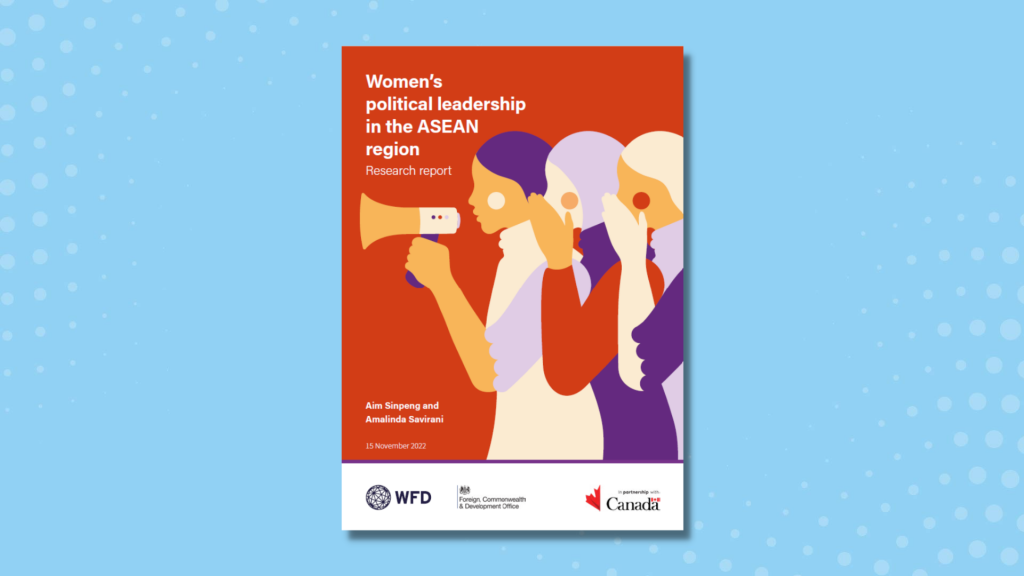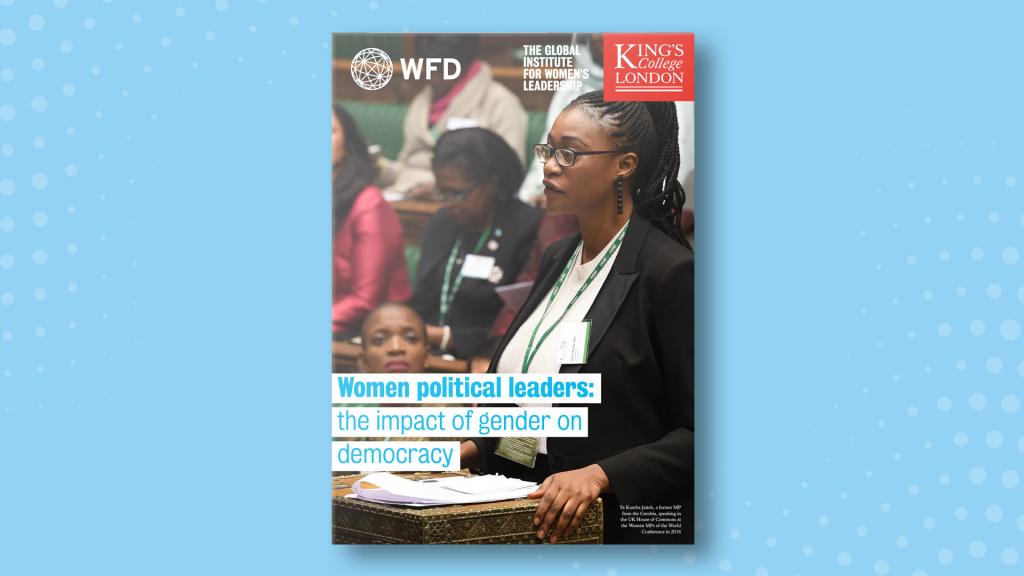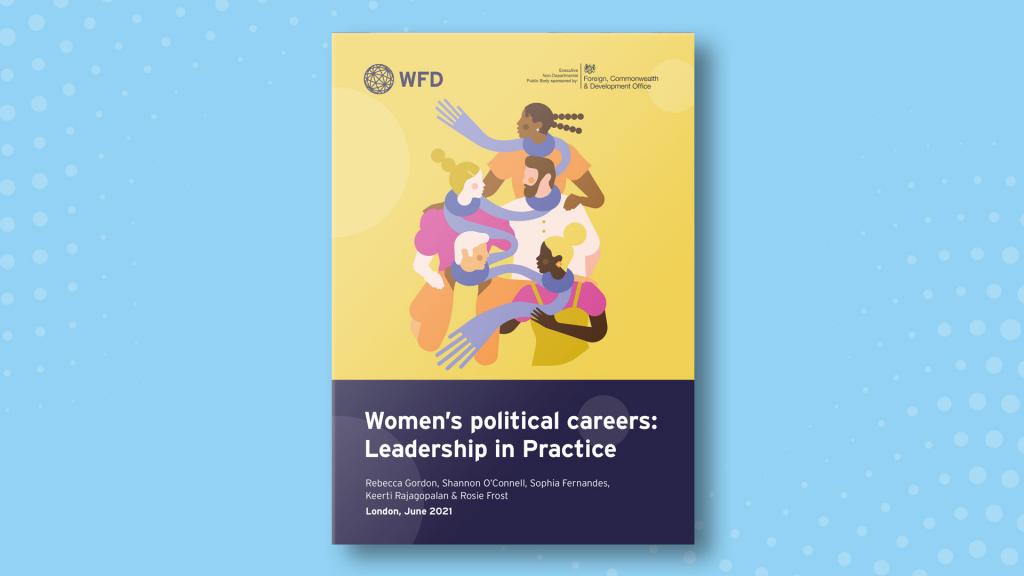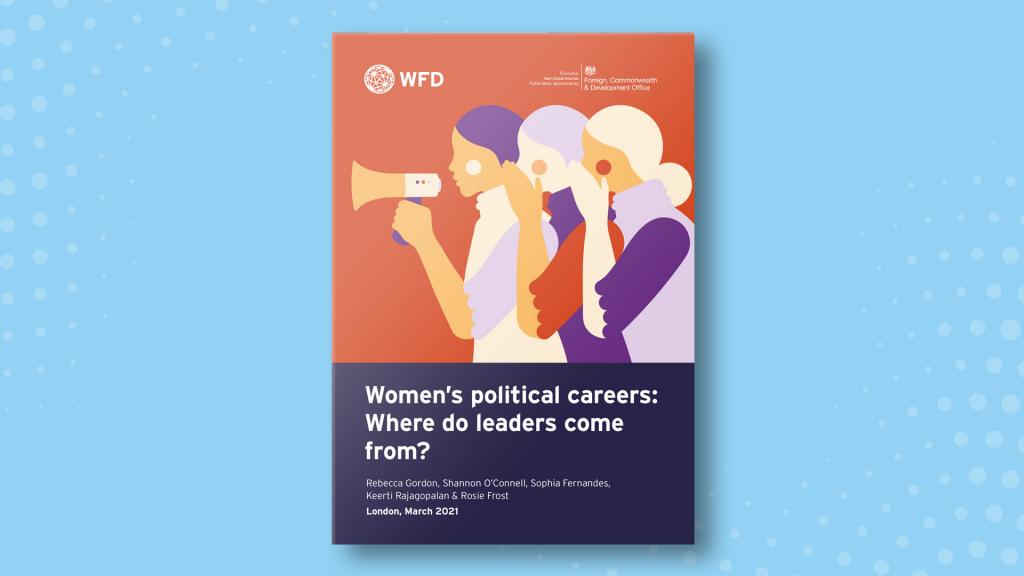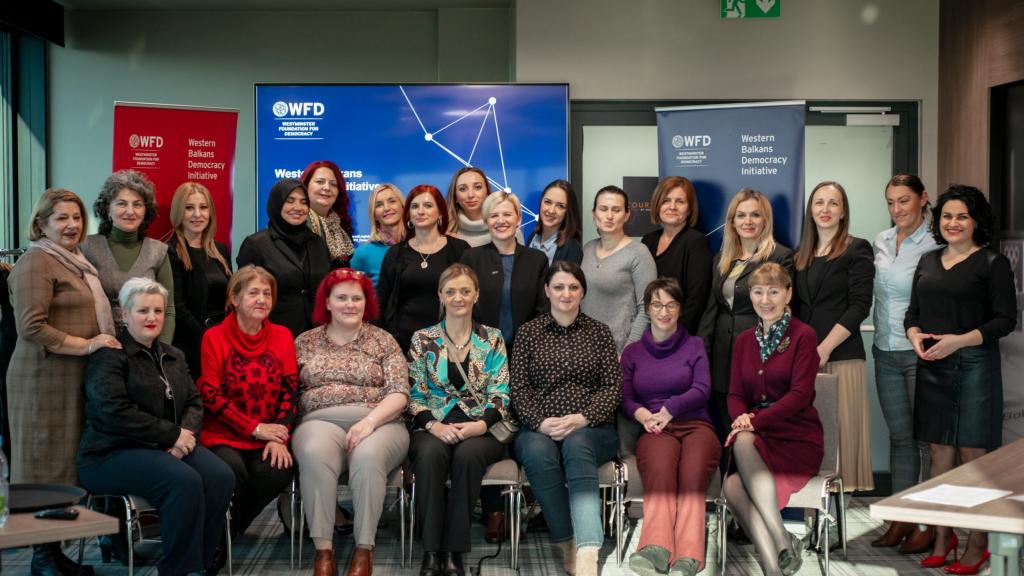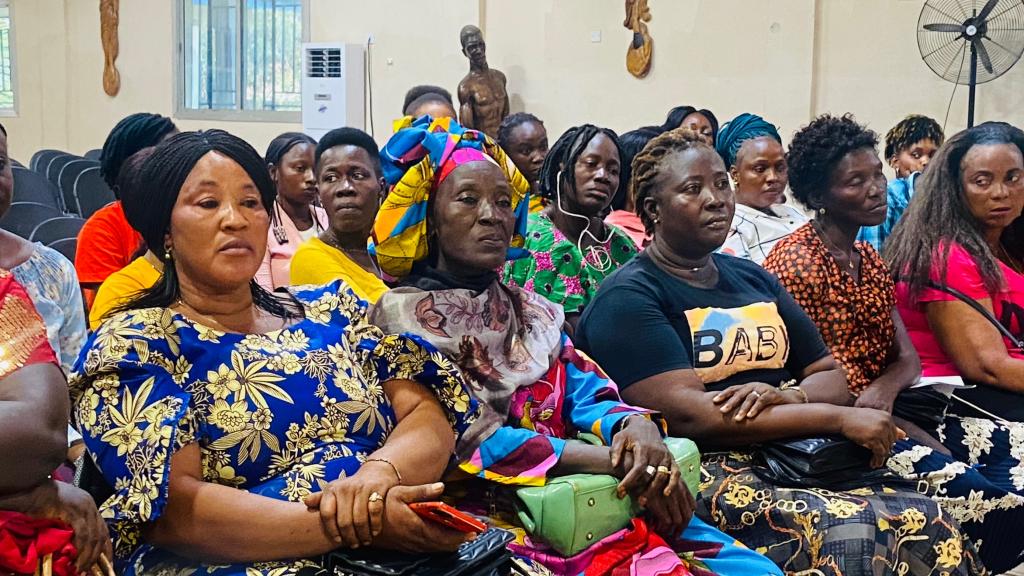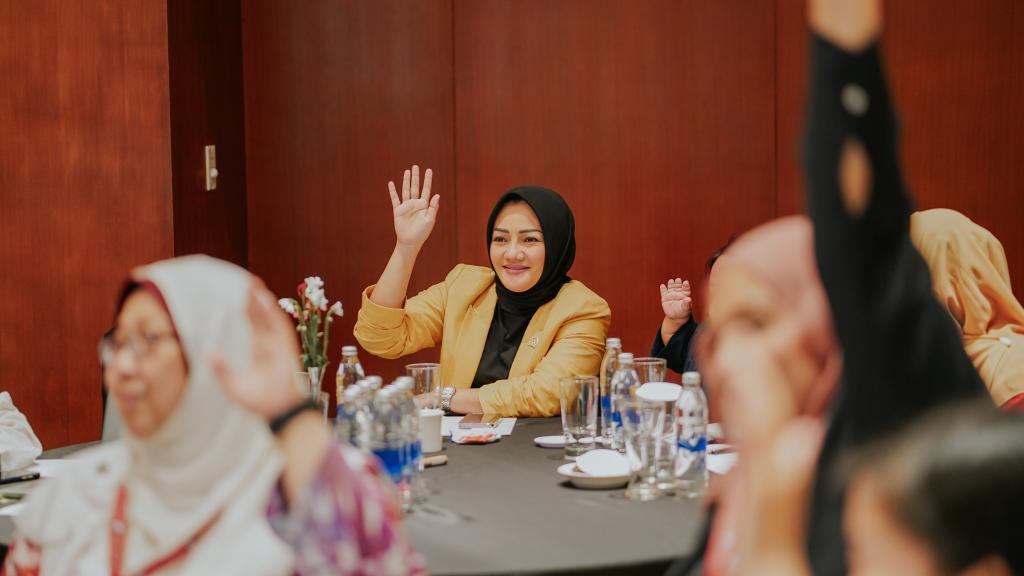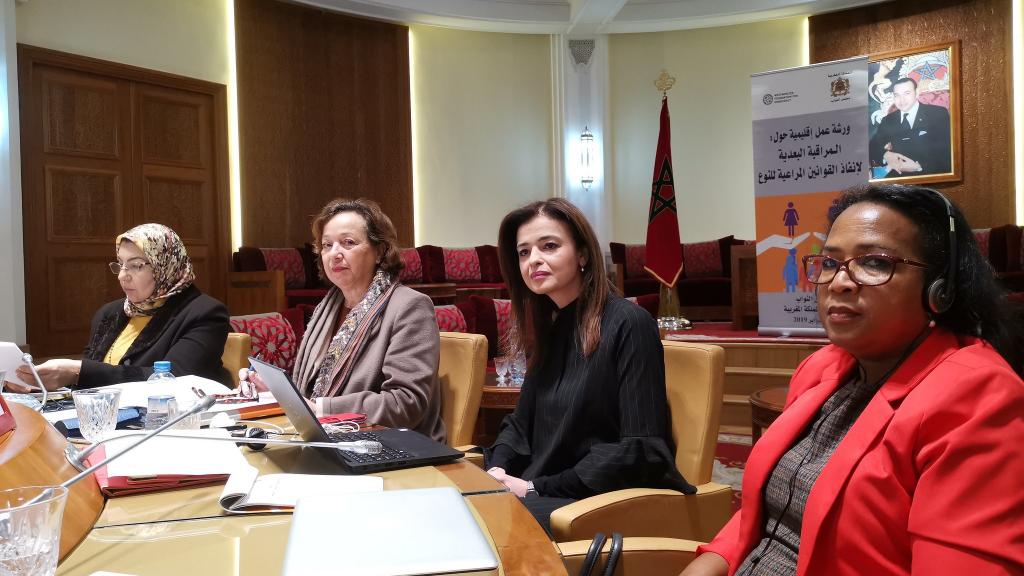Women's leadership journeys
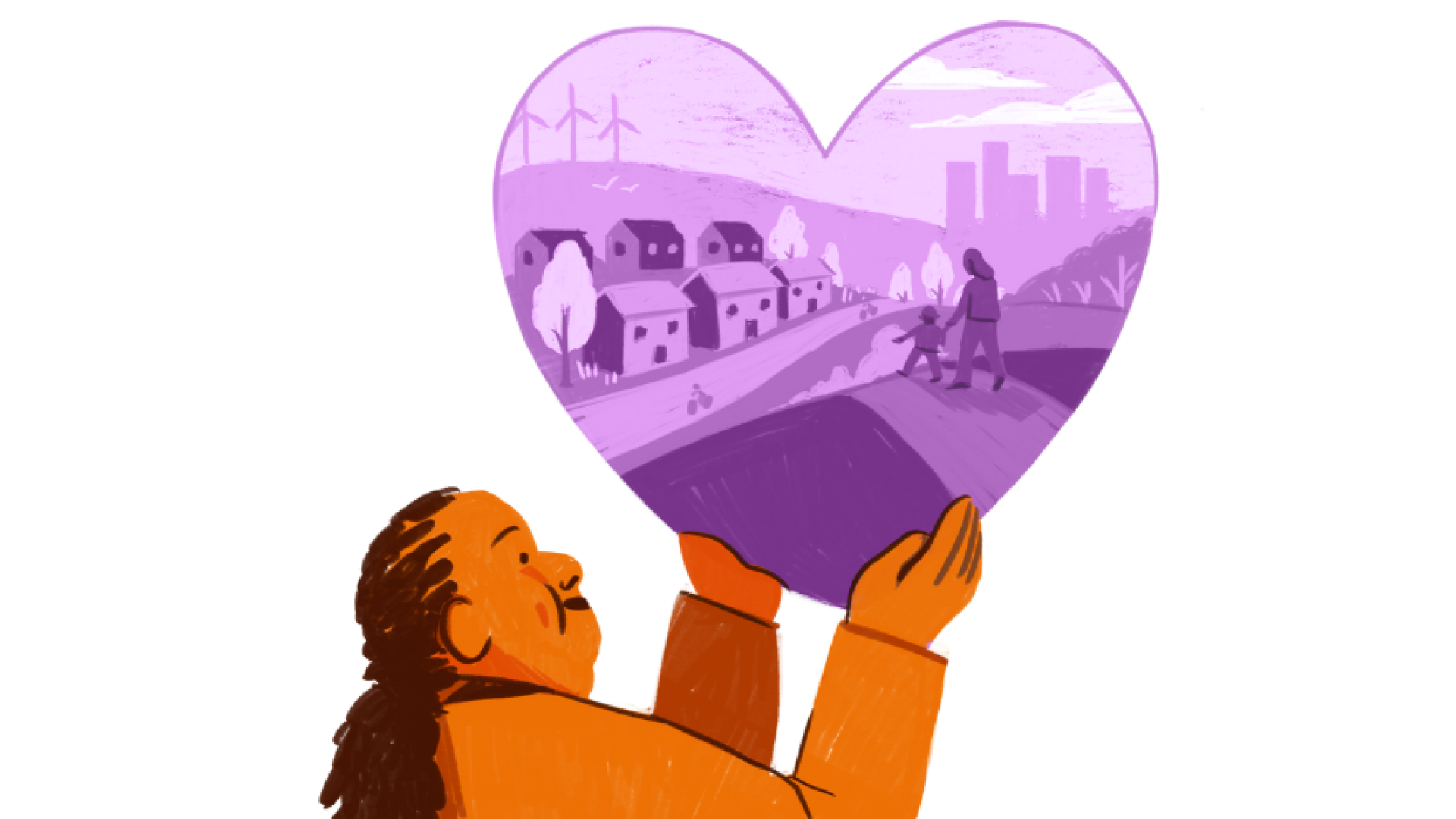

Women’s political leadership and participation is fundamental to democracy
WFD's vision is a world where freedom and democracy thrive. We want to see inclusive and accountable governments serving people fairly and effectively. That world is impossible without women's equal participation. Democracies need everyone to be represented in decision-making.
Women's political leadership is an essential pillar of democracy. Without it, democracy is weaker and we all lose out.
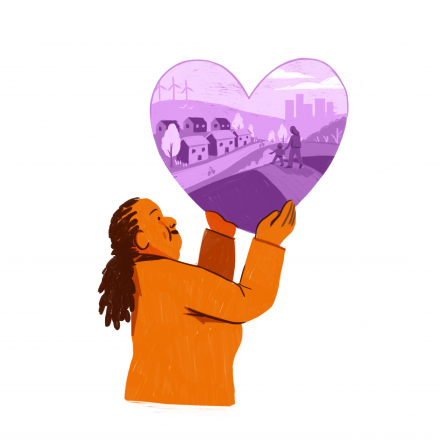
Democracies miss out if they exclude women
Research shows that when women can exercise their leadership fully and authentically, the whole of society benefits. That includes women and girls as well as men and boys. This is because women tend to focus on ‘glue’ issues and policies. Those are the issues and policies that hold society together and help it function. What is more, democracies that exclude women miss out on women’s leadership which is more consultative, inclusive, and compassionate.
What do we know about women's political leadership journeys and how we can support them?
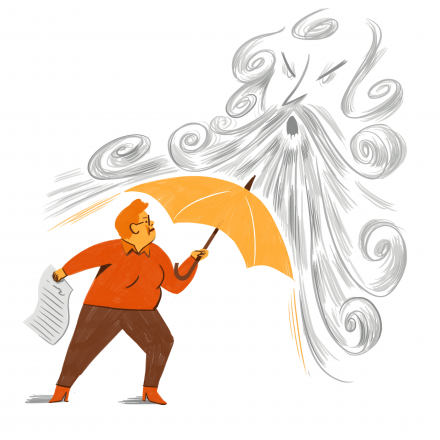
Before their journeys even begin, women face obstacles
Before they embark on a leadership journey, and from a young age, women are hindered by sexism, and how that intersects with other forms of discrimination such as classism, racism, heteronormativity, and ableism. Not to mention, they face gender-based violence and, specifically, violence against women in politics. Despite this, women are motivated to embark on leadership journeys. This motivation often stems from their experiences, a particular issue, or a sense of duty.
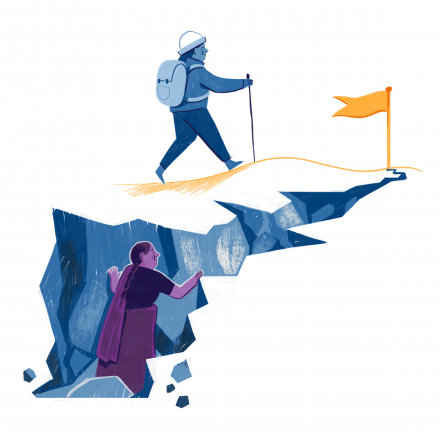
Women's resources and experiences affect their journey
Women’s personal resources, experiences, and assets also affect their pathways before they get to the starting line – as well as the journey itself. Those with limited networks, contacts, and money find it more difficult than those who already have more. Some women have more than others, but when it comes to personal resources and assets, women in general are at a disadvantage compared to men.
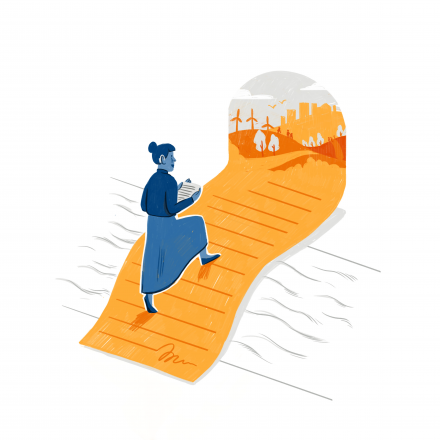
Policies and legislation help ensure women can exercise their formal leadership
Policies and legislation can go some way to helping ensure more women are able to exercise formal leadership. Quotas for proportions of elected positions or party nominations held by women can help, if they are enforced. Better care policies (such as childcare provision) also help, as this allows women the time and space to pursue their journeys. Regulation of campaign financing that is enforced also helps reduce the costs required to run for office. It helps those without contacts and funders to rely on to proceed more easily.
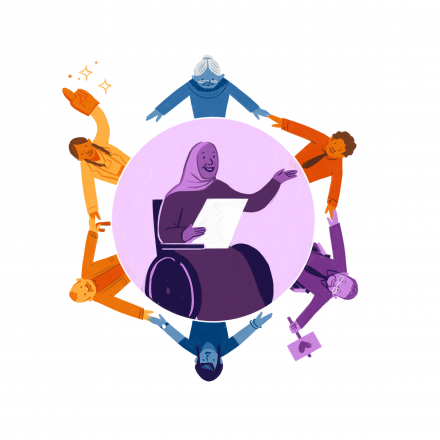
Networks of support are essential for women leaders
Community support is fundamental to successful political leadership journeys. Supportive family and friends help carry some of the personal and mental burdens of political leadership. Connections with women's rights organisations can also be beneficial. Women find support in professional networks and mentors – with whom they can share skills and experiences. Political parties have a key role to play in putting such arrangements in place.
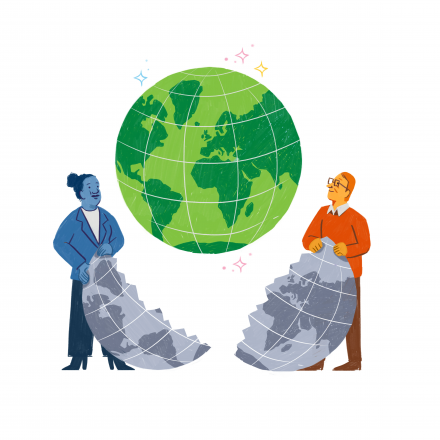
We need to see a change in norms and attitudes
Above all, we need to see a change in norms and attitudes to ensure women’s equal political participation and leadership. We need men to be allies in helping us to get there, especially those in power who can lead these changes by example.
